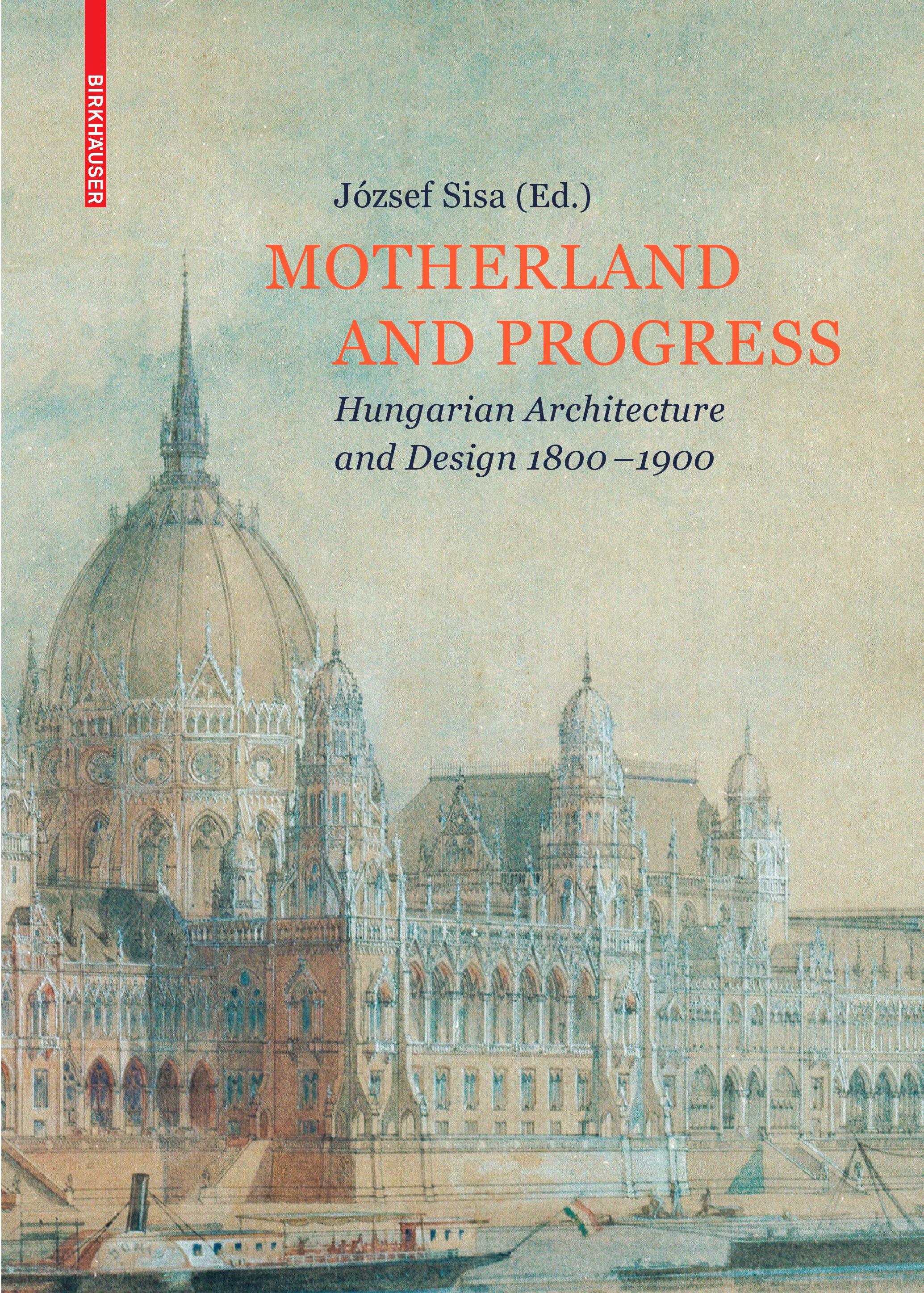Head: József Sisa
Members: Éva Bicskei, Lilla Farbaky-Deklava, Gábor György Papp, Júlia Papp, Miklós Székely
The group carries out research into 19th-century art and architecture, their respective roles and influence in society. The 19th century was a period in Hungarian art and society marked by great progress, which was stimulated by a determination to catch up with developments in the rest of Europe, while at the same time stressing national identity. Art historical research on the 19th century over the past few decades has been carried on with exceptional intensity resulting in a qualitative change; its new insights have been taken into account by the research group, both in terms of interpretation and the processing of data. Its methods now include the most recent trends and approaches of the discipline, such as the application of social science, cultural anthropology, sociology, gender studies, historiography, as well as the history of techniques, typology and the study of various genres. The research of the members of the group includes a wide range of subject matter, such as public building and its role in the interpretation of Hungarian nationhood, Hungary’s participation in world fairs, the history of the protection of monuments, the architecture of Budapest, country house building and garden design, new insights culled from the latest monographs on leading painters, the significance of illustration in periodicals for the history of culture and the history of photography. We have issued a great number of publications on these subjects and presented the results at exhibitions.
A major project of the research group is the publication of handbooks dealing with 19th-century Hungarian art. Work started in 2006, thanks to the support of the Hungarian Research Fund (OTKA). In 2013 we published the first volume dealing with architecture and the applied arts. This book, which also appeared in English, was published in 2016 by Birkhäuser Verlag of Basel, a member of the De Gruyter consortium. The second volume, which covers the fine arts, was published in the spring of 2018.
The research group, and its members individually, have published several books and articles, as well as organising conferences at home and abroad. One of them was the highly successful and academically important international conference in Budapest in 2013 titled „Ephemeral Architecture in Central-Eastern Europe in the 19th and 20th Centuries," whose contributions were published in a separate English-language volume. Over the past few years the Fine Art Collection (Picture Gallery) of the Hungarian Academy of Sciences has organised several exhibitions with the cooperation of the members of the our research group, often combined with a conference. Thus in 2013 we organised an exhibition on the occasion of the 200th anniversary of the birth of art historian Imre Henszlmann. In 2014 we organised a two-day conference on the occasion of the 200th anniversary of the birth of architect Miklós Ybl with the cooperation of four other institutions; the event was accompanied by a small exhibition entitled „Miklós Ybl, the Commissioned Architect of the Academy” at the Fine Art Collection of the Hungarian Academy of Sciences. We commemorated the 150th anniversary of the opening of the Academy building with multiple events, most importantly a grand exhibition held at its Fine Art Collection.

In several cases we co-curated exhibitions at other institutions. One of them was the exhibition on ladies’ reading in 2014 at the Petőfi Museum of Literature, where – thanks to the leading participation of a member of our research group – our institute was credited as a co-organiser. The exhibition was accompanied by a book. In 2014 we organised an exhibition and a three-day international conference on the occasion of the 100th anniversary of the death of architect Ödön Lechner, in cooperation with the Museum of Applied Arts. The catalogue was a joint publication of the two institutions, published in Hungarian and in English, the latter volume bearing the title „Lechner, a Creative Genius”. The contributions to the Lechner conference were published in a separate book in English.
Two members of the research group took part in the grand project of the Hungarian Research Fund (OTKA) headed by the academicians Gábor Gyáni and Péter Dávidházi and called The Arts and Sciences in the Service of Nation Building in 19th-Century Hungary. One of them conducted research on the history of architecture and industrial education in connection with 19th-century industrial schools and museums of industry. Within the framework of the project he explored and reconstructed the buildings and collections of the former Transylvanian Museum of Industry (Franz Joseph I Museum of Industry) in Kolozsvár (Cluj-Napoca). The long-awaited volume appeared in 2017. The other member of the research group dealt with the creation of national architecture in the 19th century. He followed the changes in the concept of national architecture in architectural-theoretical texts from Henszlmann to Lechner. Another subject of his research was the Historical Main Pavilion of the Millennium Exhibition of 1896. He examined how the concept of the exhibition took shape, relying on replicas of historic buildings to epitomize the history of the nation.
Another project is connected with the publication of the first volume of our handbook, which required a great number of high-quality photographs of various buildings in Budapest. We compiled a photographic gallery for the aforementioned anniversaries and events, for example of Ödön Lechner’s buildings (here) and the palace of the Academy (here). We have recently launched a photographic campaign to record the world-class architecture of Budapest, starting with the buildings of Lipótváros district. The images, arranged in galleries, can be viewed here. The programme is obviously the beginning of a long process, and can in due course be enlarged into a topographical survey with the participation of other institutions. The members of the research group regularly take part individually or as a group in Hungarian and international conferences.



